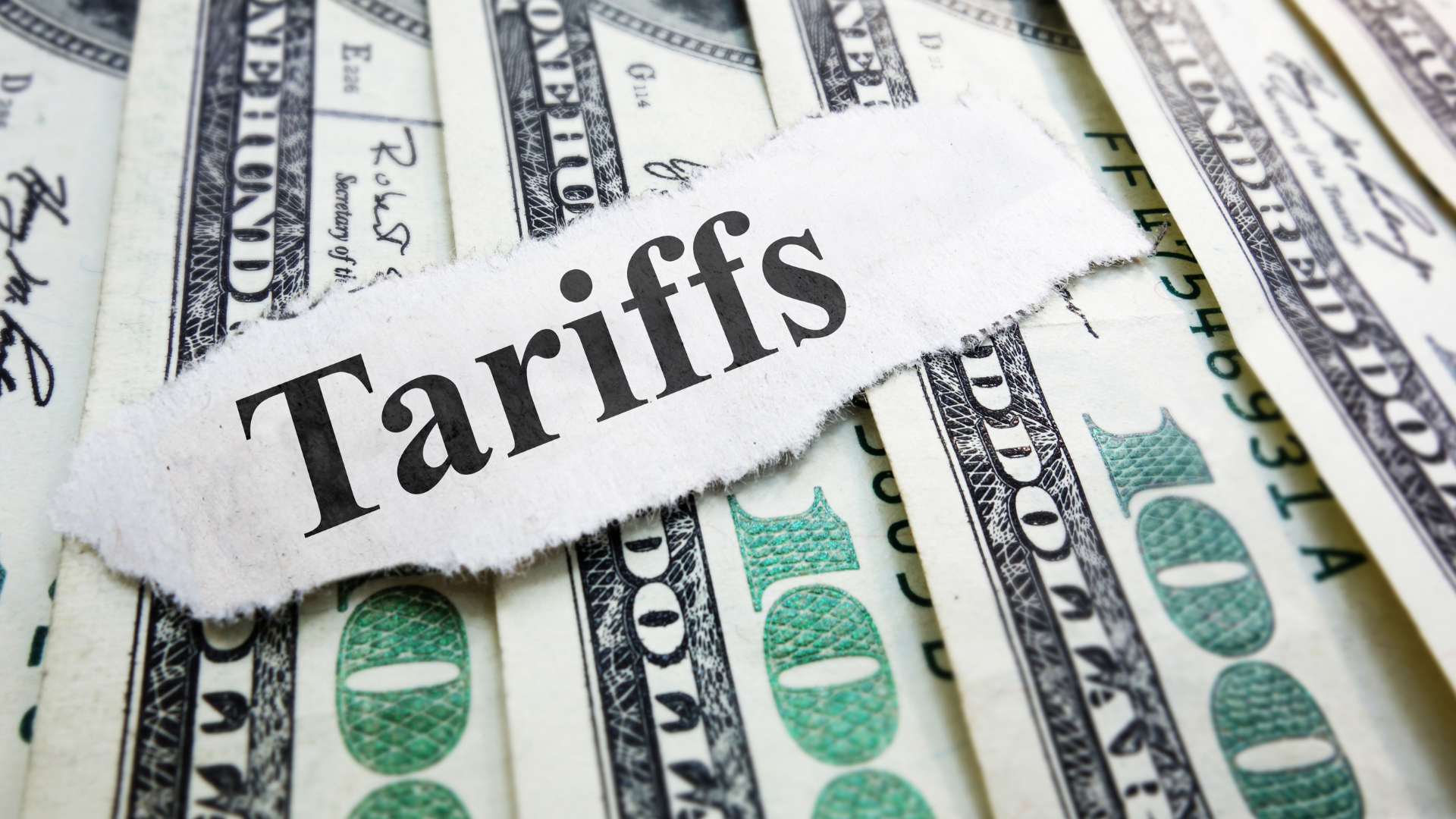Index of content
By automating purchases, dollar-cost averaging is a method that may make it simpler to cope with volatile markets. Additionally, it encourages investors to invest consistently. In addition, Dollar-cost averaging may be particularly effective during recessions and bad markets. Committing to this approach implies that you will invest when the market or a particular company is declining, which is when investors may find the finest offers.
It is a tried-and-true method that many investors choose when they need to limit risk and lower their investing costs. Multiple assets are believed to increase an investor’s chances of paying the lowest feasible average price over time. Therefore, the rationale behind this technique is that you can only afford a limited amount of shares while prices are high. When prices decline, you are able to acquire more shares with the fixed amount you invest each quarter. Then, when the market rebounds, you profit from having acquired more shares at a lower price.
Remember that DCA is a long-term investing approach, so you will not notice quick profits. If a bear market or bull market lasts for months or years, DCA loses value, but if you are in it for the long term, DCA will ultimately pay off. Mutual funds and individual equities do not often see monthly price fluctuations, therefore, it will take time for your assets to develop value.
Why Dollar-Cost Averaging is Effective
When equities decline, individuals often experience panic and sell. Then, if the market rises again, they might lose out on possible profits. When the stock market rises, investors may be tempted to rush in. However, they may end up purchasing just when the market declines.
Dollar-cost averaging is effective because it alleviates some of the psychological strain associated with investing. By committing to a predetermined plan, you may avoid worrying about whether a stock will rise or fall. It forces you to continue investing the same (or about the same) amount regardless of market movements, which may help you resist the desire to market time.
Dollar-cost averaging entails purchasing more shares of an investment when its price is low and fewer shares when its price is high. This might result in a decreasing average share price over time. In the event that the market drops, dollar-cost averaging may help you minimise your losses by spreading your investments out over time.
Timing the Market versus Dollar Cost Averaging
When is the optimal moment for investment? This age-old investment issue has a deceptively easy answer: when prices are low. Trying to time the market by waiting for the optimal moment to purchase or sell an investment is exceedingly difficult.
DCA is effective because asset values tend to grow over the long run. However, asset values do not increase consistently in the short run. Instead, they experience short-term highs and lows that may or may not follow a pattern.
Numerous individuals have sought to time the market by purchasing assets when their prices seem to be low. This seems simple in principle. In fact, it is almost difficult to predict the short-term market movement, even for skilled stock pickers. Next week, today’s low might be rather high. A month from now, this week’s peak price may seem to be rather reasonable. Only in hindsight can you determine what advantageous pricing would have been for any particular item; by then, it is too late to purchase. When you sit on the sidelines and try to time an asset’s acquisition, you typically end up purchasing at a price plateau after the product has already achieved substantial gains.
Benefits of DCA
Positive aspects of dollar cost averaging
In addition to possibly decreasing your cost per share, dollar cost averaging has further advantages to consider.
Cultivating Prudent Investment Practises – Successful investors are characterised by their ability to control their emotions while making logical judgments. Nevertheless, this is easier said than done, which is why many investors with a long-term perspective employ dollar cost averaging to minimise risk and eliminate emotions while building their investment portfolio.
Remaining Open to Opportunities – You are less likely to miss the money you invest, more likely to learn investing discipline, and more likely to adhere to your strategy if you establish regular automated payments. Moreover, Dollar cost averaging helps guarantee that you will be there when an opportunity presents itself. Recent developments illustrate why a stable investing plan is so essential.
Low Risks – DCA is a method wherein an investor invests in hazardous assets by allocating equal dollar amounts over a period of time as opposed to investing in a flat payment. Practitioners have long advocated for this investing strategy, claiming that DCA reduces portfolio value losses if the price of a hazardous asset steadily drops. Usually, lump-sum investment is deemed dangerous, as the value of a risky item might instantly decrease after being invested. Proponents of DCA also assert that it may yield a lower average purchase price for a risky asset, implying that purchases of riskier assets using DCA while prices decrease would provide higher returns than buying in a single amount.
Advantageous for Those with Limited Resources – You may believe that you need thousands of dollars to begin investing, but this is not true. Using dollar-cost averaging, you may invest smaller amounts at regular periods to accumulate wealth over time, similar to a lump-sum investor.
How to Start with DCA
The most typical use of DCA is to invest a monthly sum of money in assets. This is because most individuals invest a portion of their paycheck, which is deposited on a certain day.
Step 1: Open a Portfolio Account
You will need a trading account, such as a brokerage account or an individual retirement account, to establish a DCA plan (IRA).
Step 2: Choose the Investment
Determine the investment you want to implement DCA, such as a mutual fund, exchange-traded fund, or stock. Numerous brokerage businesses and investment organisations allow investors to choose various investments for systematic, periodic investing.
Step 3: Select an Investment Amount
Some brokerage services may mandate a minimum period investment amount, such as $100 for each transaction, but otherwise, it is up to the investor to choose how much to invest. When establishing a DCA programme inside an IRA, investors must ensure that their purchases do not exceed the yearly contribution cap.
Manual versus Automatic Dollar-Cost-Trading Average
In addition to deciding how much and how often you will invest, you must also pick how you will invest. You may set up dollar-cost averaging for your account in one of two ways: manually or automatically.
If you opt for the manual method, you will select a regular date (monthly, bi-weekly, etc.) and then visit your broker to purchase the stock or mutual fund.
Investors may automate dollar-cost averaging by establishing a DCA programme with their desired dollar amount and investment frequency, or they can manually accomplish dollar-cost averaging by initiating a partial stake and then making further purchases. Additionally, it will be simpler to continue purchasing when the market dips since you will not be required to respond. Setting up your automated purchases may seem like a pain, but it is really rather simple.
How to Establish Your DCA Contributions
Following is the method for determining the average share price paid:
Average Share Price = Amount Invested / Number of Shares
Suppose you are investing in a firm whose shares are now trading at $50.00 a share.
Instead of spending your whole budget on the purchase, you acquire 10 shares intending to purchase the same amount of shares next month. By the following month, the share price had decreased to $40.00. In accordance with the original plan, you repurchase 10 shares. This equals the entire value of the shares:
Total Share Value = $50 x 10 + $40 x 10 = $900
In the first month, the average share price is $50.00 per share. However, the average share price paid for 20 shares in the second month is:
Average Share Purchase Price = $900 / 20 = $45.00
Best Practices for Dollar Cost Averaging
Dollar-cost averaging cannot be performed accurately in and of itself. Rather, it is an exercise in carefully managing cash so as to control human emotions, including fear and regret. There is no definitive solution to the question of how long one should wait to deploy surplus capital, however, there are some principles to consider:
Assess Your Options
The average is not for everyone. Before beginning, evaluating your risk tolerance, skill level, and if alternative options may be more fit is essential. Suppose you have an in-depth understanding of technical analysis or have determined an ideal moment to join a market. In that case, you may not be comfortable with having little control over your assets.The more volatile the asset class, the longer you may want to hold holdings before averaging in. In the context of a Brighton Jones portfolio, we explore the following DCA time horizons for each component’s strategies:
Capital Preservation (low volatility): one to two months
High Income (moderate volatility): two to three months
Global Equities (high volatility): three to twelve months
Considering Recent Performance
If stock markets are trading at all-time highs and have been moving higher for a protracted period of time, investors may choose to stretch out their purchases over a longer time frame, say 8 to 12 months. If equities markets are experiencing a dip, correction, or bear market, investors may choose to expedite purchases within a 3-to-8-month timeframe.
Putting DCA into Context
The legitimacy of dollar-cost averaging is predicated on the assumption that it is psychologically better to be somewhat correct than exactly incorrect. While dollar-cost averaging may not result in greater projected returns, it may bring peace of mind to people who dread making choices that might end in an unexpected outcome and reduce the remorse we experience when bad outcomes occur.
Following is the method for determining the average share price paid:
Average Share Price = Amount Invested / Number of Shares
Suppose you are investing in a firm whose shares are now trading at $50.00 a share.
Instead of spending your whole budget on the purchase, you acquire 10 shares with the intention of purchasing the same amount of shares next month. By the following month, the share price had decreased to $40.00. In accordance with the original plan, you repurchase 10 shares. This equals the entire value of the shares:
Total Share Value = $50 x 10 + $40 x 10 = $900
In the first month, the average share price is $50.00 per share. However, the average share price paid for 20 shares in the second month is:
Average Share Purchase Price = $900 / 20 = $45.00
Bottom Line
Successful investors are characterised by their ability to control their emotions while making logical judgments. Nevertheless, this is much simpler in theory, which is why many investors with a long-term perspective employ DCA to minimise risk and eliminate emotions while building their investment portfolio. DCA is a proven method for starting a position while reducing the impact of investing volatility. It entails breaking the investment into smaller portions and purchasing on a regular basis.
Next Steps
Start developing your profitable trading strategy through a combination of fundamental analysis and technical analysis by enrolling on one of our award-winning, accredited trading courses.





